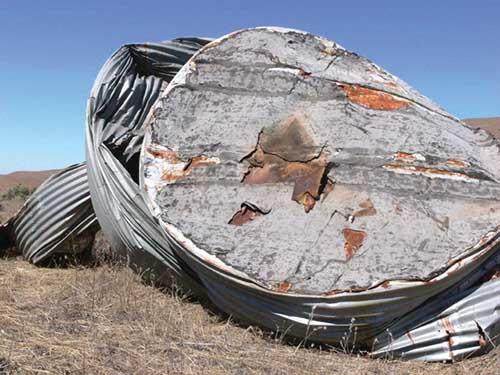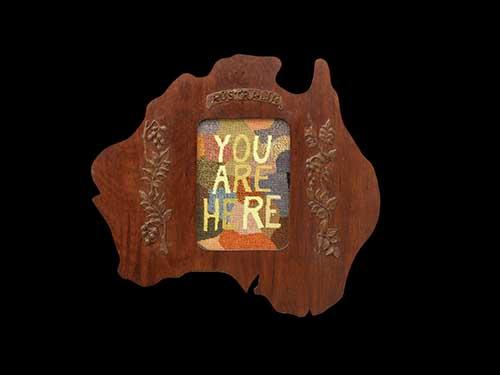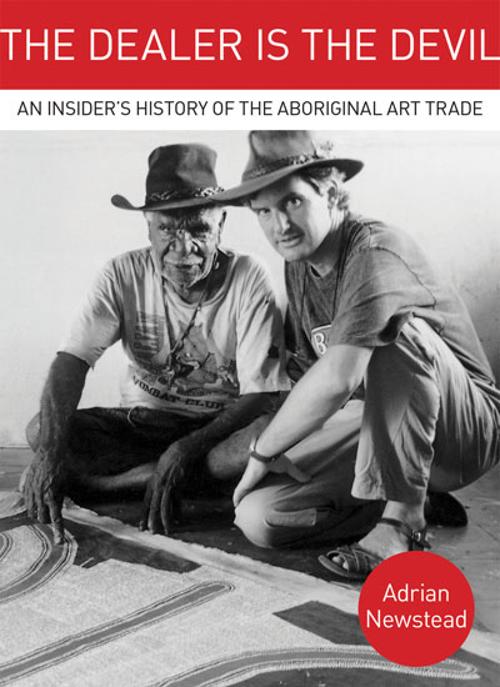
The exhibition No Place (Like Home) curated by Gordon Craig for the University of Queensland Art Museum features the constructed photographic work of four international artists – Giacomo Costa (Italy), Yau Lu (China) and Lori Nix and James Casebere (USA). These works have been curated together not only with the medium of constructed photography in mind, but also with our changing responses to place and belonging.
Giacomo Costa employs 3D computer graphics software to create images of decaying civilisations. Read as images of possible futures, they speak of nature's ultimate victory over humanity’s hubris. The theme of decay and abandonment is also found in the photography of Lori Nix, who constructs highly detailed dioramas which she then photographs. These cinematic visions of abandoned rooms bear traces of people who seem to have evacuated as a result of unknown disasters. Avoiding any digital manipulation, Nix creates scenes where a sense of dread is palpable that are virtually indistinguishable from photographs of actual rooms.
A strong theme of utopia versus dystopia runs through many of the works. At first glance Yao Lu’s Dwelling in the Fuchun Mountains (2008) appears to be a traditional Chinese landscape watercolour painting, but closer inspection reveals it to be constructed from photographs of green construction-work dustsheets and building site rubble.
A similar slow-release revelation is also to be found in the large digital chromogenic prints of James Casebere. The large scale of the four large photographic prints, (nearly three metres in length), is an important factor in understanding the work. At first glance Landscape with Houses (Dutchess County) series seem to be photographs of actual houses; however the initial familiarity is followed by a creeping sense of the uncanny that creeps in with the realisation that these images are not of real houses or landscapes.
For 40 years Casebere has been photographing constructed environments. Before the digital revolution in the 1980s his work was grouped with the Sculpture into Photography movement. However at the same time his work was also recognised as being a part of the Pictures Generation of artists – "a loosely knit group of artists ... named after a 1977 exhibition that featured four of them" that included Cindy Sherman, Richard Prince, Robert Longo, Sherrie Levine, and David Salle, most of whom used photography. According to Thomas P. Campbell, their shared interest lay in “how images achieved their rhetorical, psychological, and social power”.
The didactic to Casebere’s work in the No Place (Like Home) exhibition describes how he grew up in America in the 1950s during the decade of television. As a five-year-old child he appeared on television participating in an art class. The didactic also mentions the 1950s television show Leave it to Beaver which depicted a wholesome average American family. Although this anachronistic, idealised 1950s television show may help to contextualise the popular culture of the 1950s, today’s obsession with reality television seems even more relevant to interpretations of Casebere’s work. The continuous filming of the occupants of the Big Brother household reflects notions of the kind of aerial eye or watch-tower that hovers overhead in the Landscape With Houses (Dutchess County) series.
In his book Simulations Jean Baudrillard describes how the thrill of the pleasure of prying for viewers of reality television series are actually out-weighed by: “A kind of thrill of the real, or of aesthetics of the hyperreal, a thrill of vertiginous and phony exactitude, a thrill of alienation and of magnification, of distortion in scale, of excessive transparency all at the same time.”
These very ideas simmer behind the work of Casebere’s Landscape with Houses series. His constructed photography plays with ideas concerning the nature of simulation and reality. He states: “I am interested in photography as a means of persuasion, of propaganda and constructing histories. I am interested in how photography creates and reconstructs reality.”
The absence of people is also key feature of Casebere’s photography. Gordon Craig mentions this factor in his catalogue essay" Like A Rolling Stone", suggesting that this absence reflect the mortgage foreclosure ghost towns in the United States. The capacity of artworks to reflect recent history supports Baudrillard’s idea that history has become our new mythology. Even so, Casebere’s townships lack the defining features that would definitively identify them as certain suburbs in upstate New York: his interest lies predominantly in questioning reality and the nexus between simulations of the real, rather than focussing on the details of particular American suburbs.












